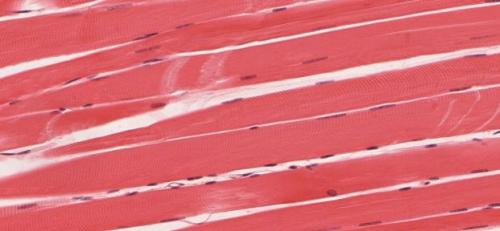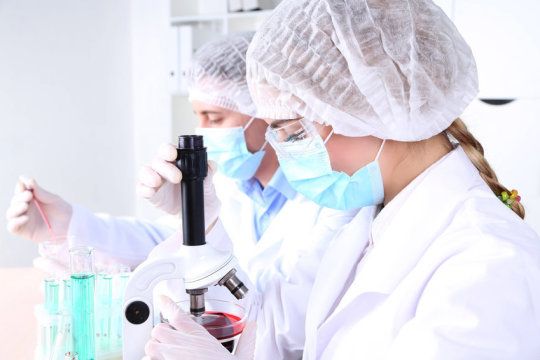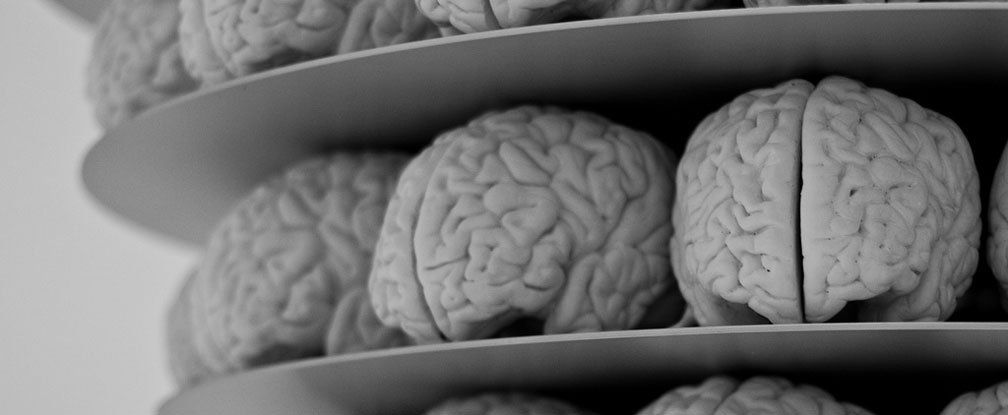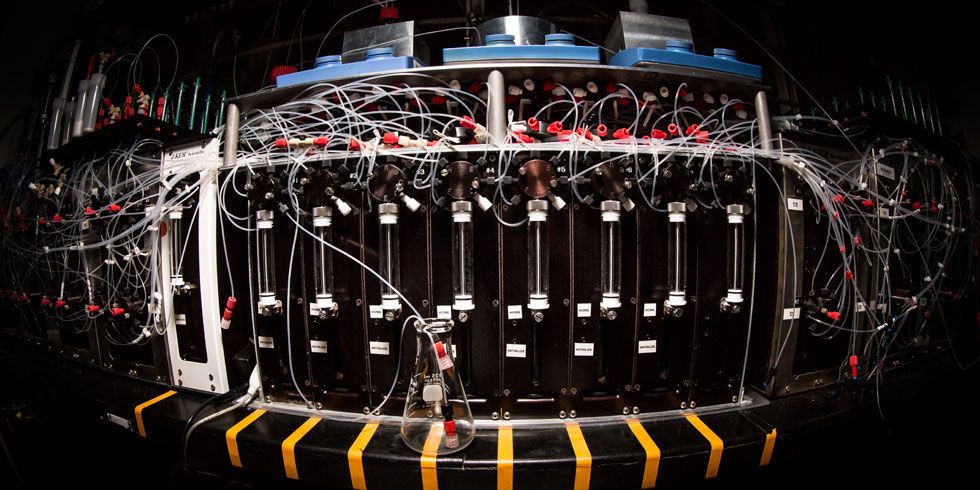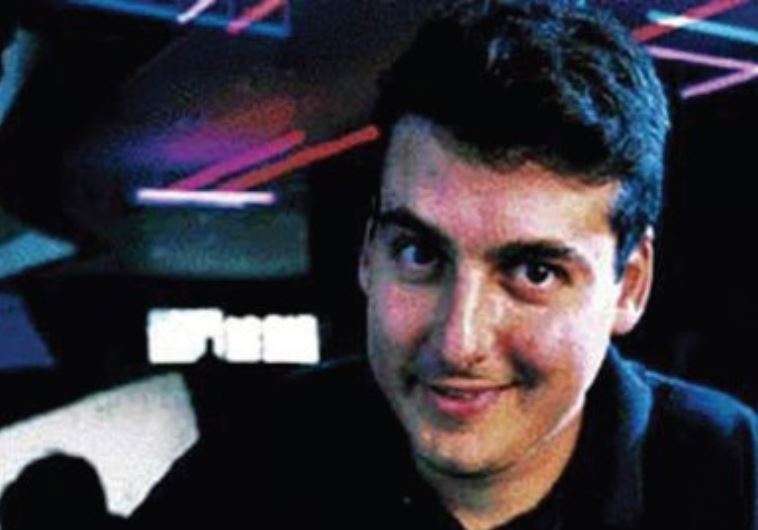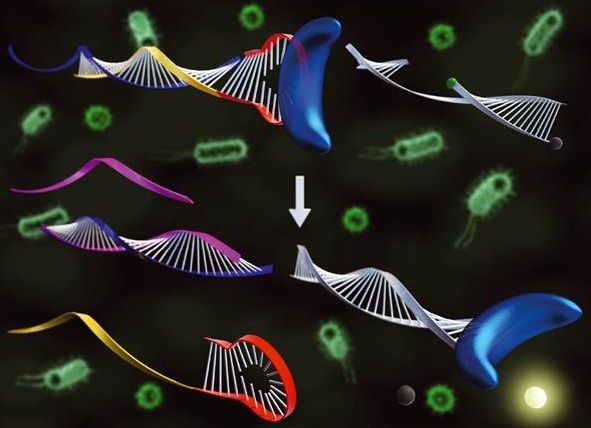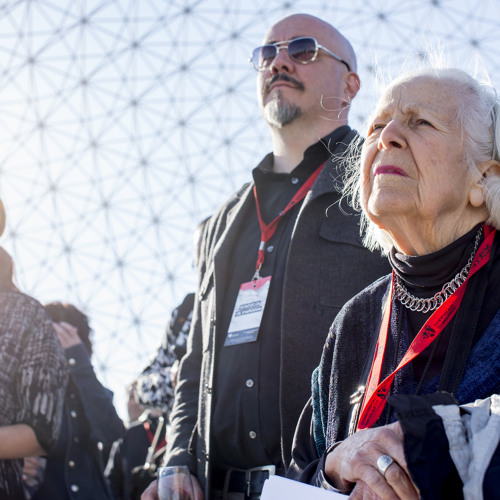Sep 22, 2015
Calculations with nanoscale smart particles
Posted by Shailesh Prasad in categories: biotech/medical, chemistry, computing, nanotechnology, particle physics
Researchers from the Institute of General Physics of the Russian Academy of Sciences, the Institute of Bioorganic Chemistry of the Russian Academy of Sciences and MIPT have made an important step towards creating medical nanorobots. They discovered a way of enabling nano- and microparticles to produce logical calculations using a variety of biochemical reactions.
Details of their research project are given in the journal Nature Nanotechnology. It is the first experimental publication by an exclusively Russian team in one of the most cited scientific magazines in many years.
The paper draws on the idea of computing using biomolecules. In electronic circuits, for instance, logical connectives use current or voltage (if there is voltage, the result is 1, if there is none, it’s 0). In biochemical systems, the result can a given substance.


